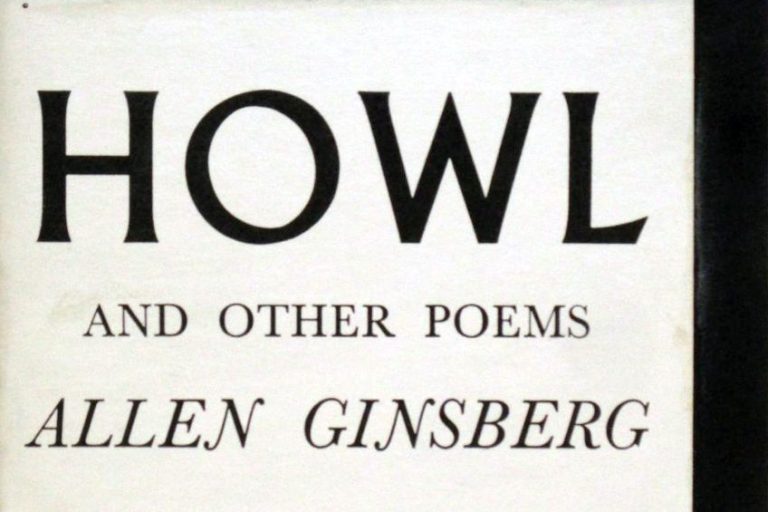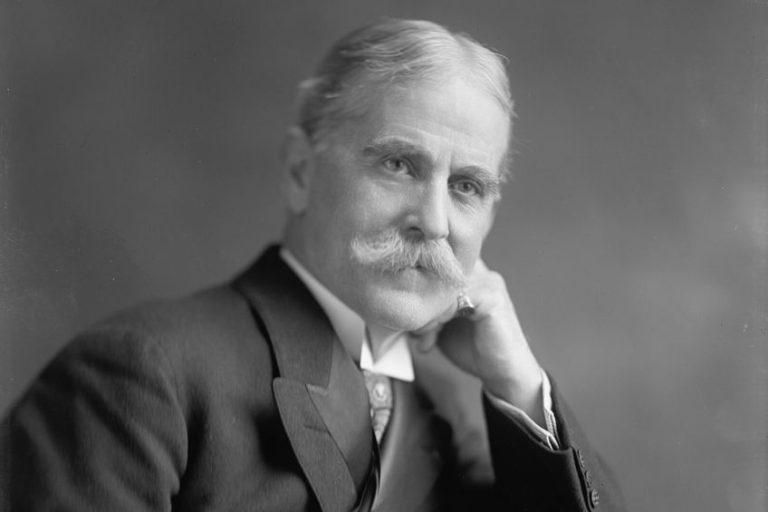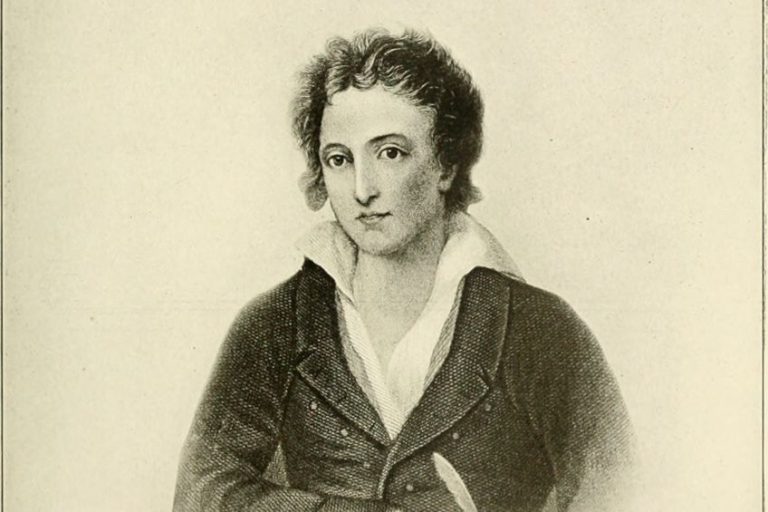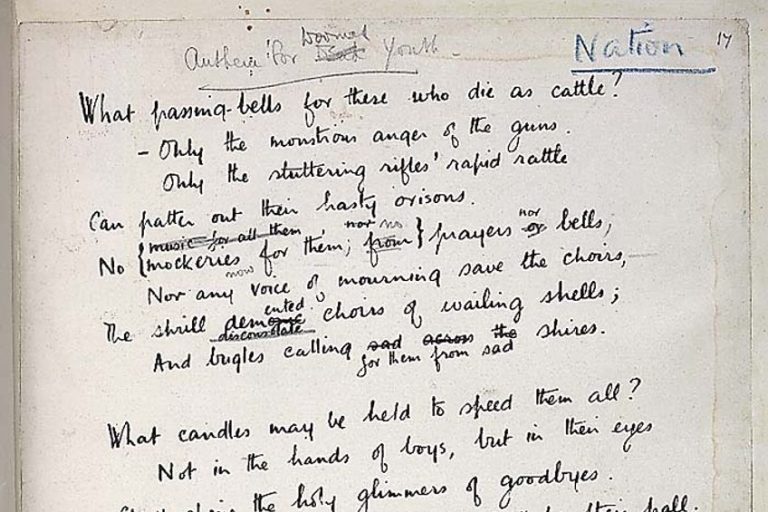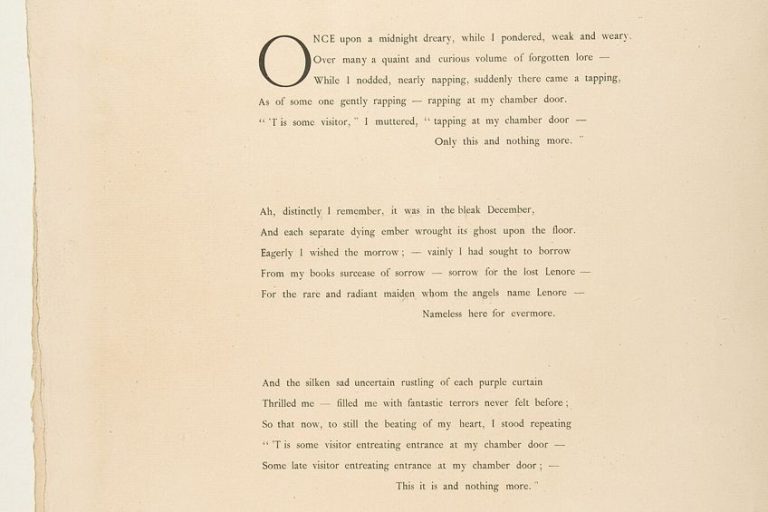“Invictus” by William Ernest Henley – A Poetic Analysis
Some poems have a certain cultural weight to them that others do not possess, and Invictus by William Ernest Henley is one of those poems. This particular poem has been used as a rallying cry of sorts for human resilience for a rather long time, and it may very well have earned its place as this kind of poem. This is why I will be providing an analysis of this poem today alongside a few other things. For instance, an Invictus poem summary, a few notes on the author of the poem, and some of the poem’s themes will be discussed below. If you are interested in Invictus by William Ernest Henley, then hang around and see what there is to learn!
Invictus by William Ernest Henley Analysis
| Date Published | 1888 |
| Type of Poem | Victorian poem |
| Rhyme Scheme | ABAB |
| Meter | Iambic tetrameter |
| Topic | Human resilience |
This poem was written during the Victorian era, and it is meant to be an expression of human resilience in the face of difficulty and adversity. It certainly is a potent text that has remained popular until today. It has also been an inspiration for many people over the years. For instance, this poem was recited by Nelson Mandela to prisoners while he was imprisoned on Robben Island during Apartheid. This poem certainly has been an inspirational force to many, but before we do have a more in-depth look at the poem itself, let’s have a brief summary of what is to come.

Invictus Poem Summary Points
A good summary can be a helpful thing. That is why I have stopped for a short time to provide a little Invictus poem summary for you. These are not the points of the poem in all that much robust detail, but it should be a good overview of what we shall discuss in time:
- Invictus by William Ernest Henley is a poem about human resilience. It has come to be seen as one of the most notable examples of poems that have explored this topic. It has inspired many over the years.
- Invictus by William Ernest Henley uses an ABAB rhyme scheme. This is a rather simple rhyme scheme that does not fit the poem into any definitive category. On top of this, it also uses iambic tetrameter.
- Invictus by William Ernest Henley has a title that means “unconquered” in Latin. The title of the poem reinforces the meaning of the poem even though most today are not well-versed in Latin. The fact that it sounds like “invincible” is likely more notable for modern English readers.
This has not been a particularly lengthy Invictus poem summary, but it should have provided something of an overview for those who need it.
However, if you would like a more in-depth look at the poem, you should probably move on to the next section.
Biography of William Ernest Henley
| Poetic Movement | Victorian |
| Years | 1849 – 1903 |
| Place of Birth | Gloucester, United Kingdom |
| Known For |
|
William Ernest Henley was a writer during the Victorian era. He was known during this period as a poet as well as being an editor and critic. During his time as an editor, he would help to introduce the work of many writers during the 1890s, and this has remained one of his most important contributions to English literature. However, he is best known in the modern era for just this poem.
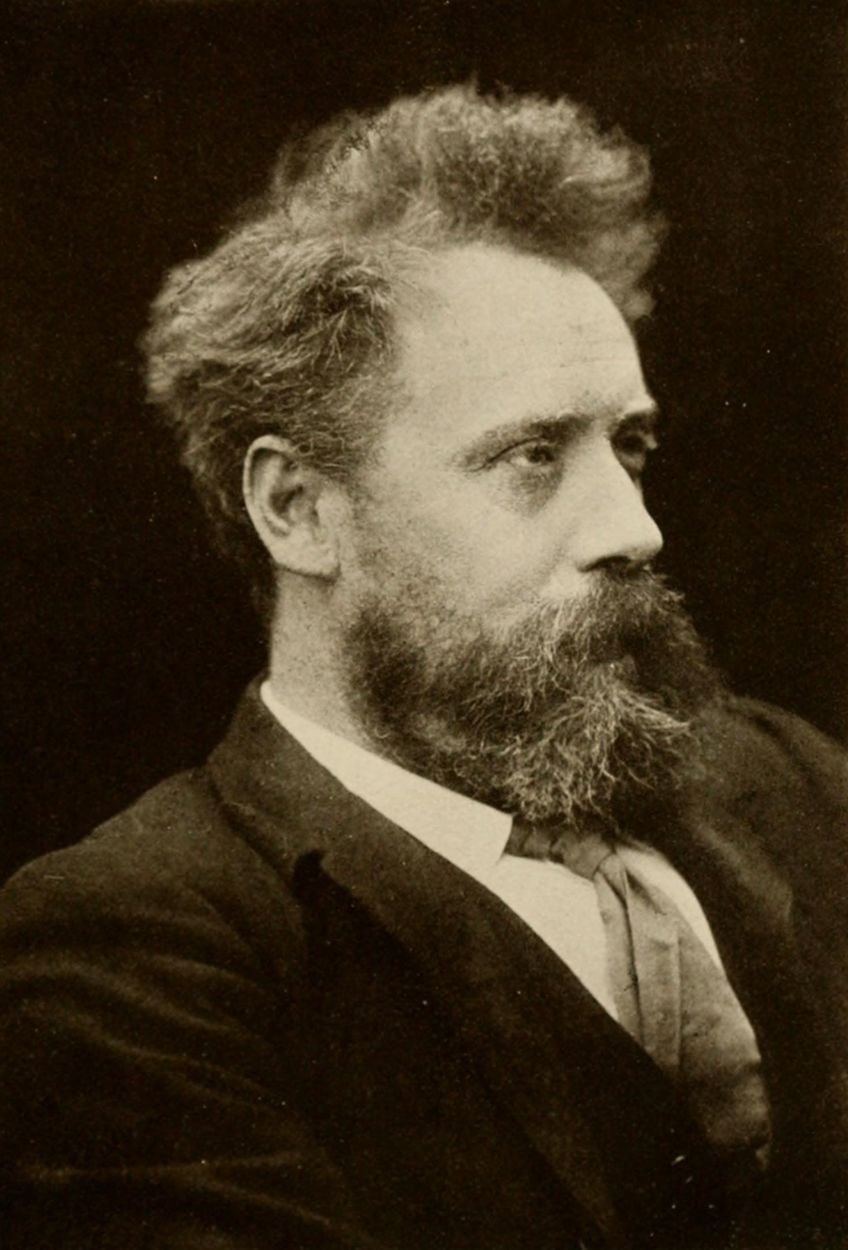
While Invictus by William Ernest Henley may be his most famous work, there is something rather interesting that he indirectly contributed to English literature. He also knew Robert Louis Stevenson, who would go on to publish Treasure Island in 1893. There is a central character named Long John Silver, and Henley served as the inspiration for this character. However, while that is interesting, it is not about the poem at hand. So, let’s get to said poem!
An In-Depth Analysis of Invictus by William Ernest Henley
Before we get into our analysis of Invictus by William Ernest Henley, we should first start off with a quick look at that name. The poem’s title is “Invictus”, but what does that mean? It is a Latin term that means “unconquered”, and you could see it as similar to “invincible” in English. This immediately sets a tone for the poem as a whole as we know that it will follow along these kinds of lines in some way. As for the structure of the poem itself, it doesn’t use a conventional poetic format. This means that it is not a sonnet or something similar. Instead, it is made up of four four-line stanzas. Those lines all make use of iambic tetrameter, meaning that there is an unstressed-stressed beat to each line in which there are four pairs of syllables to make a total of eight.
When it comes to the rhyme scheme of this poem, it also has a suitably simple scheme. In this case, it makes use of alternating rhyme.
This indicates that it is arranged as ABAB. All of these point toward Invictus by William Ernest Henley being a very simply laid out poem, but that allows the message of the text to shine through all the more clearly. The last thing to take note of before we get into our analysis of this text is that it came from a very real place. The poem was written after Henley faced the amputation of a leg, and later the possibility of another amputation. He instead decided to find a surgeon who could help, and he was able to save his leg. During his time in recovery, he started to write the poem. And now that we’ve talked about the poem in general, we can start on our analysis of the text.
Stanza One
Out of the night that covers me,
Black as the pit from pole to pole,
I thank whatever gods may be
For my unconquerable soul.
The opening stanza of this poem makes use of darkness imagery to create the image of the kind of suffering that one might experience in the world as it states that the “night” “covers” him. This metaphorical view of the night is reinforced in the second stanza in which it states that this night is as black as it can be. This image of the blackness of the night is meant to signify that nothing could ever be darker and worse than what has transpired, and the use of “pole to pole” means that it covers everything.

The third and fourth lines turn toward gods in general. This is not a call toward the Christian god, which may have been expected given the nationality of the poet and the era in which they were writing but is instead a call toward gods in general. It is a thanks for the speaker’s “unconquerable soul”. This refers back to the title of the poem because it too means “unconquerable”.
We now have textual evidence of the tone of this poem.
Stanza Two
In the fell clutch of circumstance
I have not winced nor cried aloud.
Under the bludgeonings of chance
My head is bloody, but unbowed.
The first two lines of this stanza tells of how the speaker has fallen into this misfortune that has covered them in the blackest of all nights that have ever existed. However, rather than falling into despair, the poem calls to attention how his “unconquerable soul” has allowed him to never cry or even wince at the struggles that have come his way. He has remained stoic despite everything.

The other two lines in this stanza reinforce the first two. They state that even though he has been beaten by the pure chance of the world in this particular case, and even though he is bloody and struggling, he has never bowed his head or given up.
Instead, he has remained firm, and this is another callback to his “unconquerable soul” and the way in which it is able to stop him from losing himself in this struggle.
Stanza Three
Beyond this place of wrath and tears
Looms but the Horror of the shade,
And yet the menace of the years
Finds and shall find me unafraid.
The imagery of darkness has given way to anger and sadness, and the first line tells us that the speaker knows that where he is at the moment is a place that will soon pass. However, past the anger and sadness, there lies a different horror.

The imagery of darkness persists in the use of the term “shade” to describe the time beyond the night. There is still no place for light in this particular place. The final two lines of the stanza are another reinforcement of the resilience of the speaker. He knows that there may be years of this ahead, but he will not be afraid of it, he will not hide from it, he will not cower away from it.
There may be fear, but he refuses to show it, and he remains strong against this struggle that he faces.
Stanza Four
It matters not how strait the gate,
How charged with punishments the scroll,
I am the master of my fate,
I am the captain of my soul.
The very last stanza of the poem opens with a reference to a line from the King James Version, which is from Matthew 7:14. This line indicates that the speaker does not care how “strait the gate”, meaning how difficult life is, he will keep going.
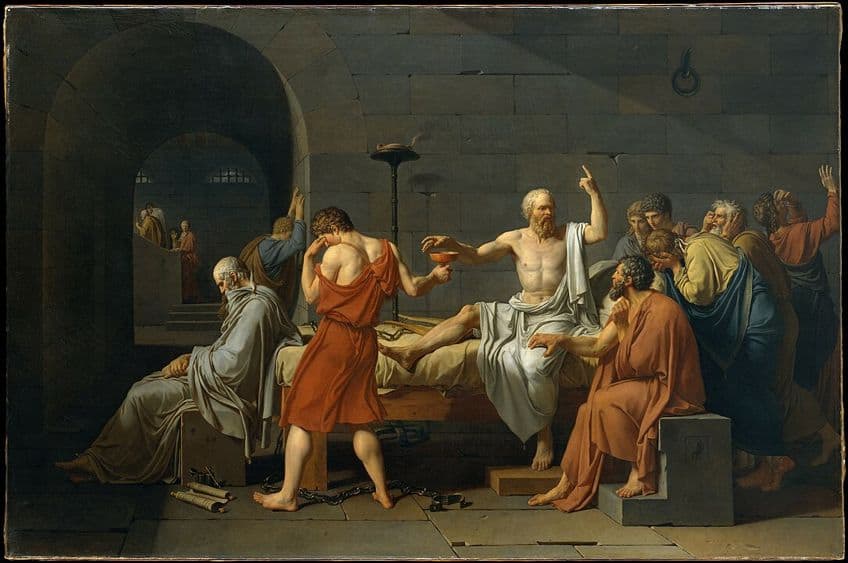
The second line also makes use of a certain degree of religious doctrine in stating that he does not care what he is charged with. His perseverance is all that matters.’ The last two lines of the poem are the most poignant. He states that no one else controls his fate. Only he does. He is the sole person who serves as the “captain” of his own soul. He has the free will to persevere through the worst experiences that the world can throw at him.
And that is the end of Invictus by William Ernest Henley.
The Themes of Invictus by William Ernest Henley
There are several major themes that are explored in Invictus by William Ernest Henley. The primary theme is that of human resilience in the face of adversity. The poem explores the idea that we will face suffering in our lives, but that we should not cower before such suffering but should instead face it head-on.
There are themes in the poem that aim toward an agnostic viewpoint. This means that the poem does not place the reason for his resilience at the feet of a god, but rather in himself. He was the one who managed to remain strong through the difficulties of his life rather than any kind of divine being, and this then adds to the idea of free will that is shown in the poem.
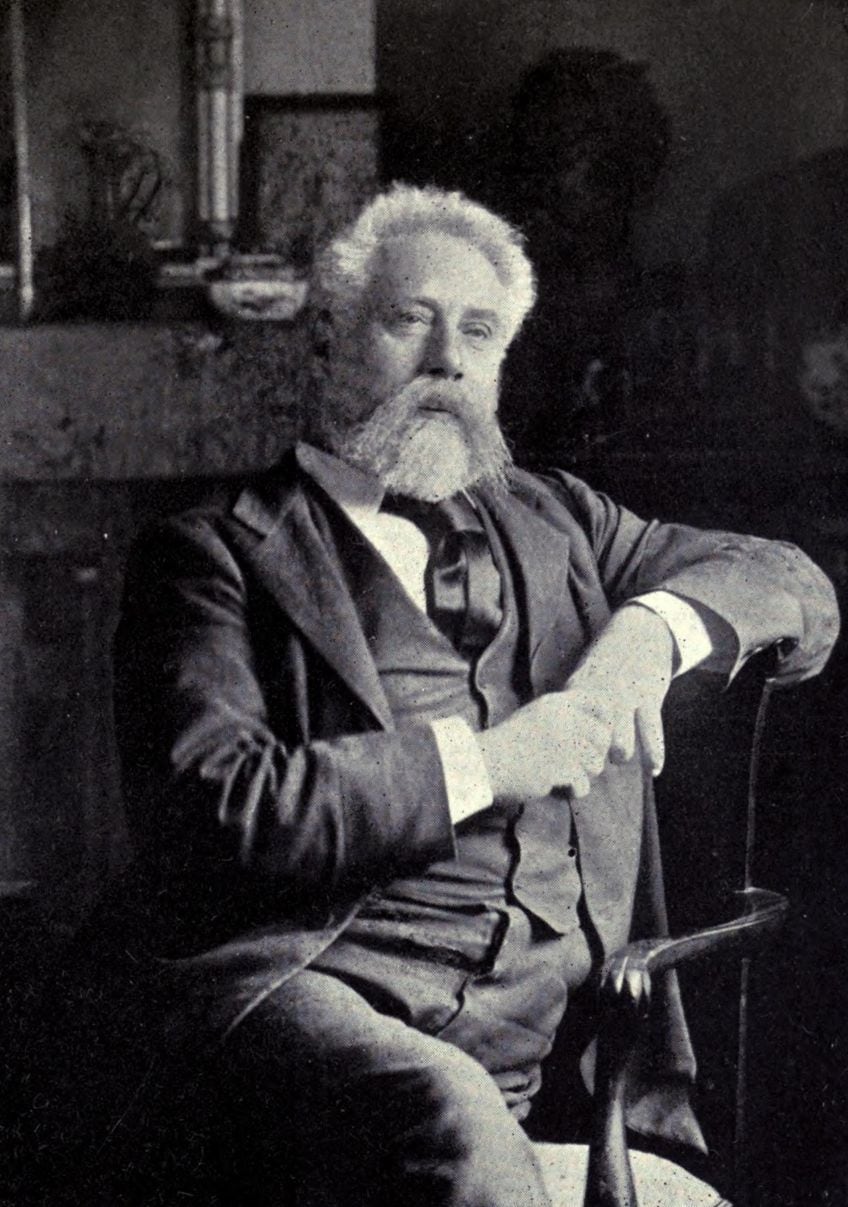
It is easy to resign ourselves to what we see as our fate, but in Invictus by William Ernest Henley, the poet encourages us to deny that kind of deterministic thinking. There may be very real hardship in our lives, and the poem does not try to disguise that, but it instead embraces that kind of adversity because it is through this adversity that we can show our strength and resolve of character.
All of this also points towards the notion of Victorian Stoicism. While classical Stoicism is a philosophical viewpoint that encourages us to temper our reactions to what happens in the world. Essentially, we cannot control what happens to us in this chaotic world, but we can control the way that we respond to those things that occur. When it comes to the Victorian version of this idea, it is basically that quintessential British view of the “stiff upper lip”. Remain strong and do not show your pain!
There are many famous poems in the world and Invictus by William Ernest Henley is one of them. This poem has inspired many around the world for a very long time. Those who have been inspired by it have used its message to persist in the difficulties and struggles of their lives, and to always keep in mind the human resolve to push ahead. This article has covered the poem in some detail, including an in-depth examination of the poem itself, an Invictus poem summary, and a look at the writer, but you should also read it more closely for yourself to see how it makes you feel.
Frequently Asked Questions
What Is Invictus by William Ernest Henley?
This text is a poem. It was published in Henley’s very first volume of poems and it has gone on to be his most famous poem. Invictus by William Ernest Henley has remained an important poem about human resilience in the face of the difficulties of life.
Who Was William Ernest Henley?
William Ernest Henley was a poet who lived during the Victorian era. He was also a critic and editor and was the inspiration for Robert Louis Stevenson’s character of Long John Silver from Treasure Island (1883). He would go on to become an influential Victorian writer, but in the modern day, he is generally only associated with this one poem.
What Are the Themes of Invictus by William Ernest Henley?
The general themes covered in Invictus by William Ernest Henley include those to do with human resilience. It is directly against the idea of fate and instead focuses on self-determination, a certain stoic attitude towards life, and a realistic understanding that suffering does exist but that we must strive to work against it.
What Is the Structure of Invictus by William Ernest Henley?
Invictus by William Ernest Henley makes use of a rather simple structure. It has a four-stanza general structure, and it does not vary from its iambic tetrameter metrical structure. In addition, it has an unwavering ABAB rhyme scheme throughout the poem.
What Are the Other Famous Poems by William Ernest Henley?
While William Ernest Henley certainly did produce many poems, and other works, throughout his life, he is best known, in the modern day, for Invictus (1888). Other poems of some note include texts like The Song of the Sword (1893) and Hawthorn and Lavender (1901). However, these are not as famous as the one we have examined today.
Justin van Huyssteen is a freelance writer, novelist, and academic originally from Cape Town, South Africa. At present, he has a bachelor’s degree in English and literary theory and an honor’s degree in literary theory. He is currently working towards his master’s degree in literary theory with a focus on animal studies, critical theory, and semiotics within literature. As a novelist and freelancer, he often writes under the pen name L.C. Lupus.
Justin’s preferred literary movements include modern and postmodern literature with literary fiction and genre fiction like sci-fi, post-apocalyptic, and horror being of particular interest. His academia extends to his interest in prose and narratology. He enjoys analyzing a variety of mediums through a literary lens, such as graphic novels, film, and video games.
Justin is working for artincontext.org as an author and content writer since 2022. He is responsible for all blog posts about architecture, literature and poetry.
Learn more about Justin van Huyssteen and the Art in Context Team.
Cite this Article
Justin, van Huyssteen, ““Invictus” by William Ernest Henley – A Poetic Analysis.” Art in Context. March 15, 2024. URL: https://artincontext.org/invictus-by-william-ernest-henley/
van Huyssteen, J. (2024, 15 March). “Invictus” by William Ernest Henley – A Poetic Analysis. Art in Context. https://artincontext.org/invictus-by-william-ernest-henley/
van Huyssteen, Justin. ““Invictus” by William Ernest Henley – A Poetic Analysis.” Art in Context, March 15, 2024. https://artincontext.org/invictus-by-william-ernest-henley/.




